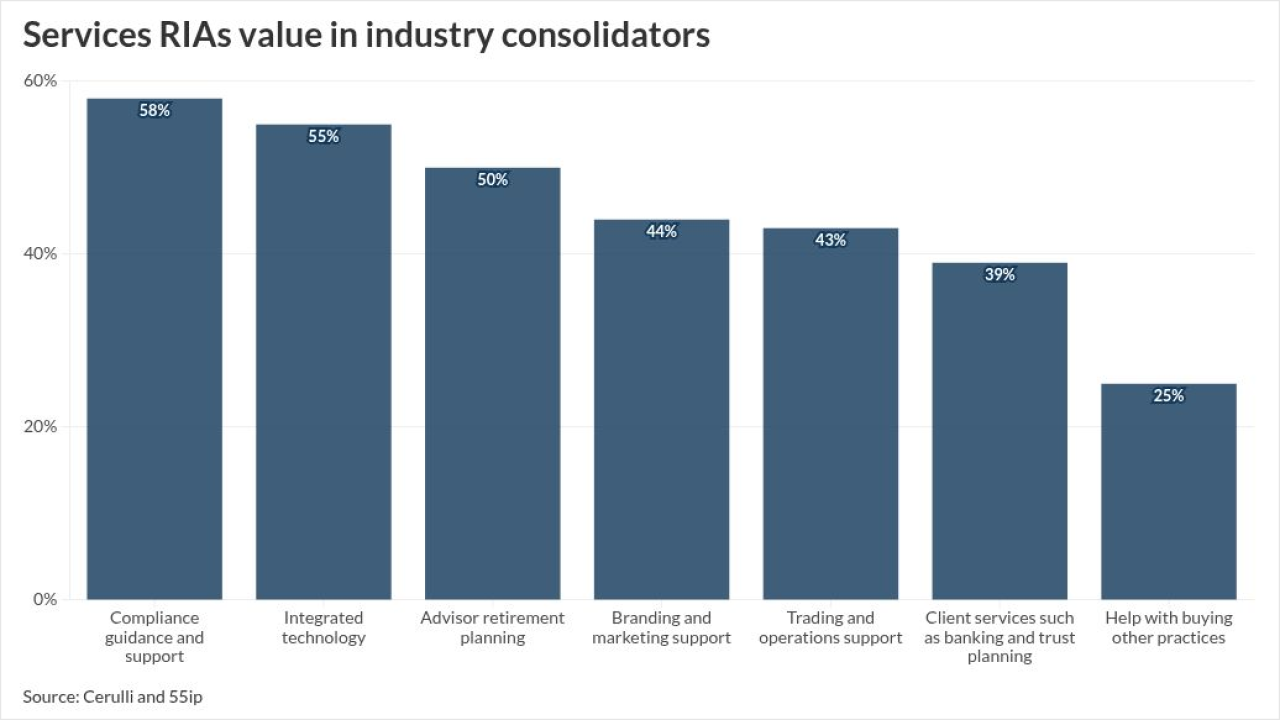
The topics of diversity and inclusion in financial services are finally being widely discussed
But beyond that consensus is a less-discussed topic: Why?
Increasing diversity on your team and in your organization can engender a greater feeling of inclusion among your client base and broaden your pool of prospects. When my male business partner and I meet with clients together, for instance, we bring extended knowledge and differing thought patterns. This allows us to offer a deeper understanding of client needs and a clearer understanding of what they want from us. With our very different personalities, experiences and lenses through which we see the world, we can immediately connect with most individuals or couples. On my part, I am excited to meet other working moms and share stories. There is an
When I saw a video referencing a financial advisor in general terms as “her” throughout … I felt seen for the first time in my career.
Our differences aren’t all gender related: He’s from the North and I am from the South; he loves analytics and daily market activity while I prefer to focus on long-term, big-picture investing and love financial planning. Keeping such elements in mind while building a team can really deliver value and improve the client experience.
LGBT clients
According to
Speaking up
After “why be inclusive,” the next logical question is “how?”
One of the best ways to create a more diverse culture within firms and as an industry is to be mindful of language. Words matter. As a female advisor, I’ve noticed the pronoun “he” is almost exclusively used in our industry when referring to an advisor. After hearing it used repeatedly for 13 years, I was recently shocked when I saw a video referencing a financial advisor in general terms as “her” throughout. I was surprised at how much it affected me, but I felt seen for the first time in my career.
There’s also the issue of male colleagues who make derogatory comments about their female counterparts. In some cases, males calling out other men may be more effective than women having to respond themselves. I appreciated
In some cases, males calling out other men may be more effective than women having to respond themselves.
For minorities, being mindful of language is important as well.
Recently, I appeared as a
As conversations like this continue, solutions for inclusion from within our industry will come from people from all backgrounds, experiences and communities. I hope that as the numbers of minorities in our profession increase, so will the awareness of how beneficial these individuals are to both our organizations and the clients that we serve.
There is so much to gain, and those that grasp that quickly will benefit sooner.





